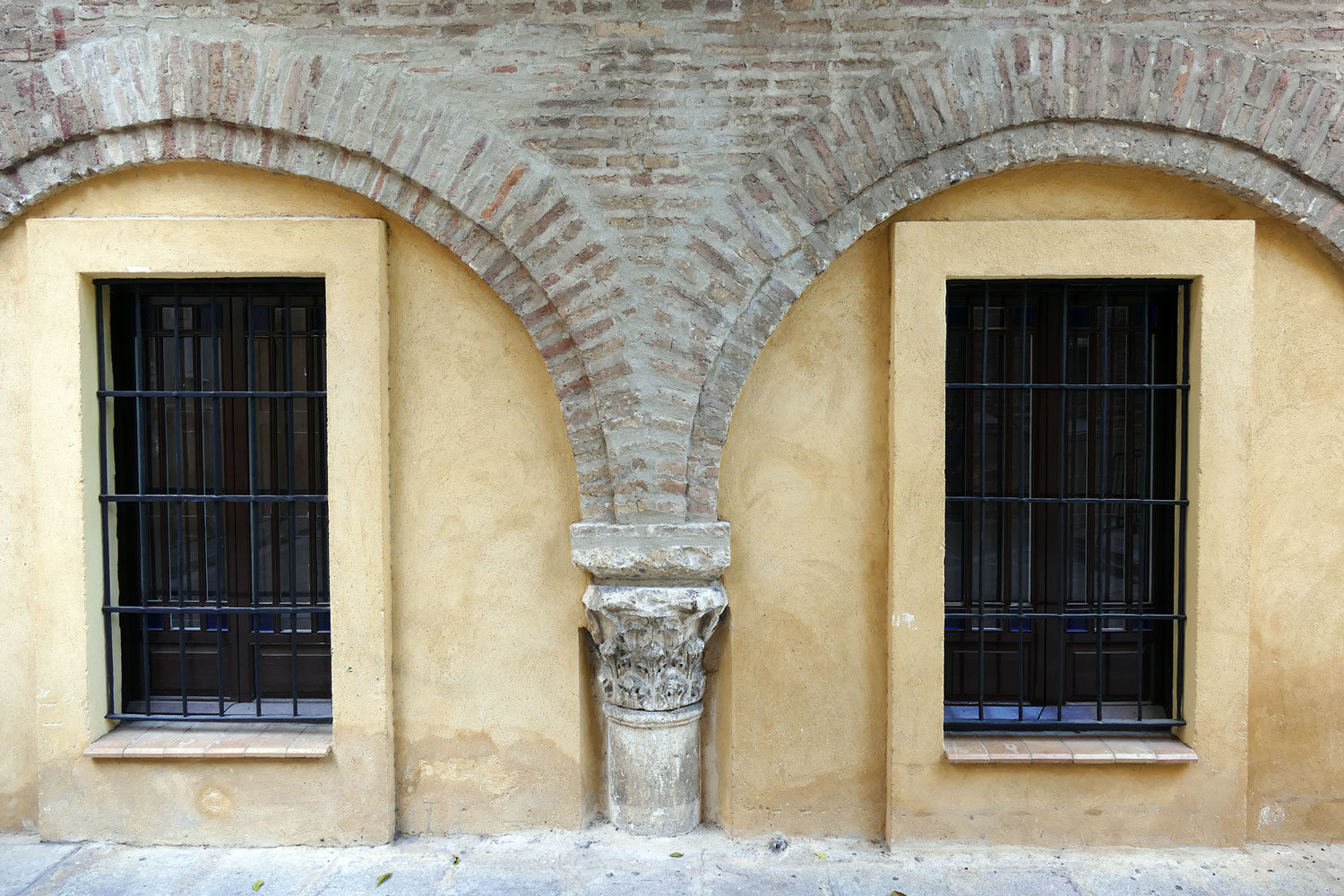Los vikingos ya tenían fama de arrasar con todo lo que encontraban en Europa antes de que llegaran a Sevilla el 25 de septiembre de 844. Los pueblos escandinavos habían hecho de las suyas en las actuales Inglaterra y Francia. También al norte de la península Ibérica. Y bien que los conocía el emir de Córdoba algunas semanas antes antes de que remontaran el Guadalquivir y saquearan Isbiliya, pues venían de intentarlo por todos los medios en Lisboa.
By the time they reached Seville on September 25, 844, the Vikings were already famous for destroying everything they encountered. The Scandinavians had pillaged England, France, as well as the Northern Iberian Peninsula. Furthermore, the emir of Cordoba learned of Viking’s reputation a few weeks before they made their up the Guadalquivir river and sacked Isbiliya on their way to Lisbon.
En efecto, Abderramán II estaba avisado, pero tardó en reunir un ejército. También lo sabían las autoridades andalusíes hispalenses, cuya decisión fue huir y refugiarse en Carmona. En consecuencia, los más de 80 barcos que llegaron río arriba –de los cuales 54 eran de gran calado–, transportando a unos 1.800 energúmenos sedientos de sangre y riquezas lo tuvieron fácil para tomar la ciudad. Esto cuentan las crónicas de aquellas crónicas, pues hay mucho contenido repetido en blogs de historia por todo el Internet más a mano.
Una semana después de asolar la ciudad y arramplar con todo lo que encontraban, con intención de continuar su campaña por otras ciudades del interior, las tropas del emirato estaban dispuestas para hacer frente a los invasores. En la explanada de Tablada se libró una cruenta batalla donde la respuesta de los soldados andalusíes fue proporcional al daño ocasionado por los vikingos en la ciudad y sus habitantes.
Las bajas fueron significativas y también ardió gran parte de la flota. Se repite que, pese a la aniquilación del enemigo, se hicieron algunos prisioneros. Para esclavizarlos, claro. También que algunos consiguieron escapar y que aún dejaron rastro de destrucción mientras se marchaban. A buen seguro que los escapados contaron en casa las maravillas que vieron en el floreciente al-Andalus porque en 859 llegó otra expedición con las mismas intenciones y aún peor resultado.

Aquella Sevilla que se encontraron (por entonces Isbiliya) allá por 844 (230 de la Hégira) se organizaba de manera caótica y laberíntica a través de callejones, túneles y adarves alrededor de la mezquita mayor. Hoy ese templo es la Iglesia del Salvador y antes fue basílica romana y visigoda. El Patio de los Naranjos del Salvador conserva columnas y capiteles de aquella época.
Y desde luego para lo que sirvió aquel ataque vikingo fue para que el emir ordenara reforzar la protección defensiva de la ciudad. Es decir, las murallas.
Although the emir, Abderramán II, was warned of the imminent threat, he was unable to assemble an army in time. The Andalusian authorities also knew but chose to flee and take refuge in Carmona. As a result, it was not difficult for the 1,800 bloodthirsty and wealthy thieves to take the city.
A week after ravaging the city and taking everything they could find, with the intention of continuing their campaign in other cities, the emirate troops were ready to face the invaders. At the Esplanade de Tablada there was a bloody battle where the response of the Andalusian soldiers was proportional to the damage caused by the Vikings in the city.
Casualties were significant and a large part of the fleet also burned. It is said that, despite the annihilation of the enemy, some prisoners were taken. While some managed to escape, they still managed to leave a trail of destruction. Upon their return, the escapees surely related all the wonders they had seen in the flourishing al-Andalus, for in 859 another expedition arrived with the same intention, however with worse results.
The Seville that the Vikings had seen (at that time Isbiliya) back in 844 (230 of the Hegira) was organised in a chaotic and labyrinthine way through alleys and tunnels around the main mosque. Today, that church is that of El Salvador and before that it was a Roman and Visigoth basilica. The Patio de los Naranjos del Salvador preserves columns and capitals from that period. And of course, those same walls were the ones that allowed the emir to reinforce the defensive protection of the city.

